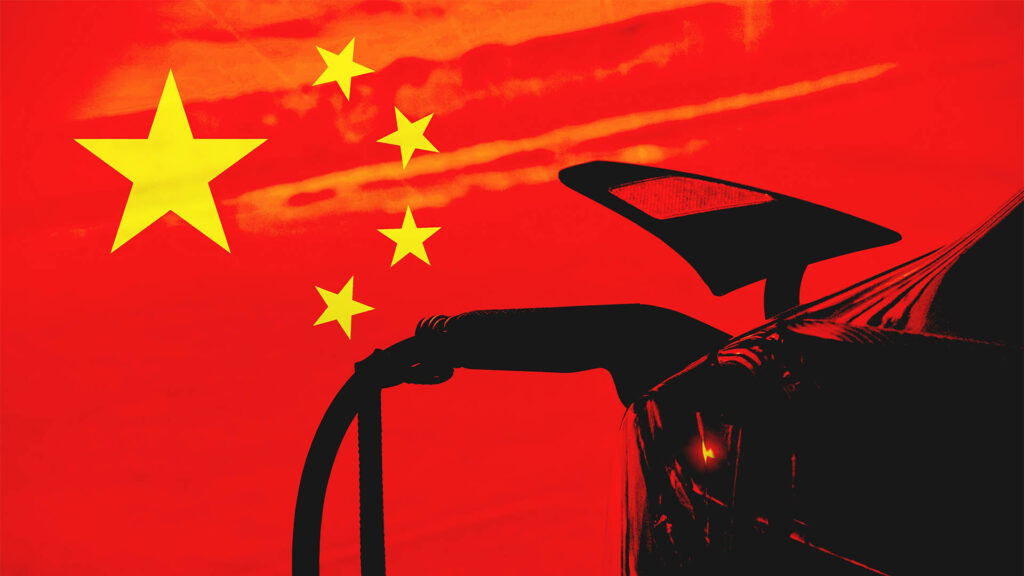Tesla has been running a five-year interest-free loan promotion this year. But figures released this week by the China Passenger Car Association paint a bigger picture – Tesla’s price cuts and other measures are a tiny part of what is now a full-on price brawl.
Association secretary-general Cui Dongshu said in a social media post earlier this week that there have been more price cuts reported in the nine months to September this year than for all of 2023.
He said in the post that the wars accelerated at the start of 2023 as China emerged from the pandemic, while conventionally powered vehicles have seen an easing in cuts.
From January to September this year, a total of 195 models in China’s passenger car market had their prices cut, topping the 150 models in the whole of 2023 and significantly higher than the 95 models in 2022.
The price cuts occurred mainly in new energy vehicle (NEVs) models, including battery electric vehicles (BEVs) and plug-in hybrid electric vehicle (PHEVs), Cui said in a WeChat post.
(In China, NEVs include BEVs, PHEVs, and fuel cell vehicles. Extended-range electric vehicles (EREVs) are a type of PHEVs, while hybrid vehicles that cannot be recharged, including HEVs (hybrid electric vehicles – the sort promoted by Toyota), are not counted as NEVs.)
He said that in the January-September period, a total of 69 BEV models had their prices reduced by an average of RMB 23,000 (US$3,220), or 13.5%.
For conventional PHEVs, 29 models saw price cuts, averaging RMB 24,000, or 13.7%.
In the January-September period, 13 EREV models saw price cuts, averaging RMB 14,000, or 7.6%.
During this period, there were 13 price reductions for other hybrid models, with an average price reduction of RMB 15,000, or 8.4%.
For conventional gasoline vehicles, there were 71 models with price reductions from January to September, with an average price reduction of RMB 15,000, or 9.3%.
February, March and April saw a total of 120 models with price cuts.
Like western car markets, dealers and car makers offer end-of-year discounts to move unsold vehicles, but 2024 has seen the price war continue from 2023 into the new year without a stop.
China’s car dealers are feeling the pain, with the China Automobile Dealers Association saying in September that the price cuts have knocked around 138 billion yuan (US$19.5 billion) off the value of new car sales. No word on who and how that loss is being shared.
Revenue in the car industry is projected to reach US$548 billion in 2024, so the drop in the value from price cuts doesn’t seem much, but you can bet that it is having a real impact on profitability.

